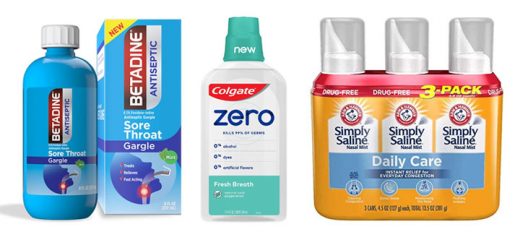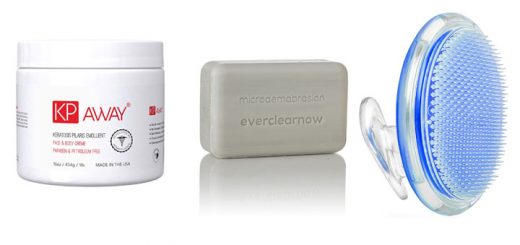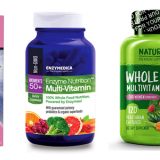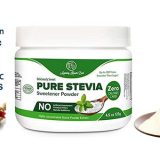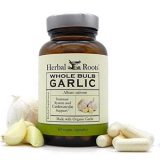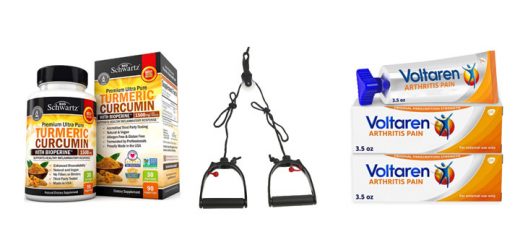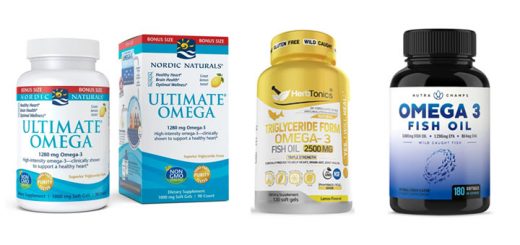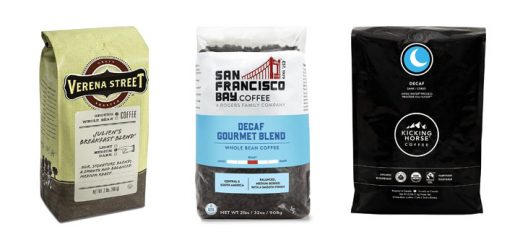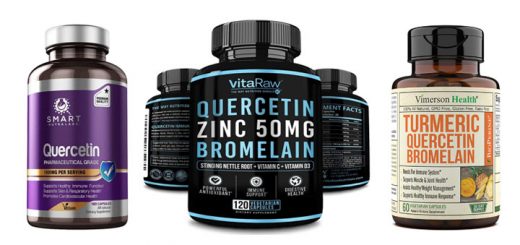Best sunscreens in 2023
Along with food, air and water, sunlight is an important key factor for human survival. Some people hesitate to go out into the sun for fear of developing skin cancer, but some research shows moderated exposure to sunlight is not only harmless but necessary for good health. Sunlight in moderate amounts (15 to 20 mins a day) have enormous benefits for the human body including the development and protection of strong and healthy bones.
But too much of anything is harmful. The sun is strongest during peak hours from 10am to 4pm. Try to seek shade during this time by going indoors, seeking cover under an umbrella or a shady tree. Other precautions include wearing protective clothing, sunglasses and using good sunscreen.
Sunscreen also known as sunblock, protects your skin from the sun’s harmful UV rays minimizing your risk of painful sunburn, skin cancer and premature sign of aging like wrinkles and dark spots.
What level of sunscreen do I need?
If you are planning to be indoors most of the day with just short intervals in the sun, you can use a sunscreen or cosmetic product with an SPF of 15 or higher. If you spend a lot of time outdoors, especially when the sun is strongest, you need an SPF 30 or higher, and use water-resistant sunscreen if you are planning to do swimming or outdoor water activities.
Types of sunscreen
There are 2 types of sunscreens: organic “chemical” and inorganic “physical”. They both protect you from sun damage, but in different ways. Physical or mineral sunscreens (made with zinc oxide) sit on top of the skin and redirect UV rays, while chemical sunscreens (made with ingredients like Oxybenzone or Avobenzone) works by absorbing them into the skin. But here is my question: Is Oxybenzone good or harmful for you?
When looking for an effective sunscreen it is important to ensure your SPF protection against both harmful UVA and UVB rays, but at the same time it is also important to pay attention to the amount of ingredient listed on the label. Some sunscreens claim to be safe and approved by board-certified dermatologist but at the same time it contains a handful amount of toxic substances and endocrine-disrupting chemicals that could do more harm than good.
When it comes to your health you may think that only the food you eat will matter but think twice. Your skin is the largest organ in your body, and it is considered an excellent delivery system for chemicals and estrogens. Products that are ingested are usually regulated on by the liver to make them less toxic before it goes to the circulation stream, but in contrast products applied straight to the skin will work the other way around bypassing the liver and going directly to your blood circulation where it can produce systemic effect until they finally reach the liver to be removed.
When the FDA began to consider sunscreen safety, it grandfathered in active ingredients from the late 1970s without reviewing the evidence of their potential hazards. In 2019 and 2020, FDA published two studies showing that the ingredients oxybenzone, octinoxate, octisalate, octocrylene, homosalate and avobenzone are all systemically absorbed into the body after a single use. The FDA labels them as safe, but the FDA does not test sunscreen products themselves unless the manufacturer requests a test or if a new ingredient is included that has not yet been recognized as safe.
If you have ever looked at the back of your sunscreen container, you will probably notice several ingredients you have never heard of or can’t pronounce. You may be surprised to find out that nearly every major ingredient commonly found in sunscreen can be toxic in some form or another. Below are one of the worst offenders.
Oxybenzone: Is widely used in sunscreen, it provides broad-spectrum ultraviolet coverage, including UVB and short-wave UVA rays. But it also has the capacity to interfere with the body’s endocrine system and has been linked to a variety of hormonal issues in children and adults. It is also associated to allergies and skin irritations. In addition, oxybenzone sunscreens are also harmful to the environment, Hawaii and some other cities have banned the sale of sunscreens that contain oxybenzone because it is known to fatally damage coral reefs.
Fragrances: commonly contain phthalates, which are chemicals commonly found in many types of food and broadly found in some personal care products. These chemicals are used to help the scents to last longer. Some phthalates are notably toxic like DBP and DEHP which are linked to reproductive and developmental harm.
Parabens is another widely used preservative in cosmetic and pharmaceutical products applied to protect against microbial growth harmful bacteria and mold. The main reason to use parabens is to increase the shelf life and maintain product integrity. But some studies suggest that parabens can produce skin irritations, allergies and have been implicate in some breast cancers. Parabens could also act like the hormone estrogen in the body disrupting the body harming fertility and the reproductive organs. Most Parabens have been banned in Europe, some Asian countries and Japan.
Last night the leg spasms were terrible, constantly keeping me awake. So I decided to take a Diazepam – Valium tablet for the first time since having my Lumber Puncture (Spinal Tap) on the 1st Feb. The effects it had the next day on my mobility were significant. Look for yourself .
Men generally use fewer personal care products. In contrast women’s routine uses are considered more endocrine- disrupting products causing more female predominance of thyroid and autoimmune conditions than males.
When choosing a sunscreen try to use products that are more natural and healthier to your skin. Avoid products that contain Retinyl Palmitate, oxybenzone, Parabens and fragrance.
Below are some recommendations to get started.
1. Coppertone Pure & Simple SPF 50 Sunscreen Lotion
About the product
- 50 SPF hypoallergenic sunscreen lotion for sensitive skin
- Gentle, dermatologically tested, naturally sourced zinc oxide lotion plus 100% natural botanicals (tea leaf, sea kelp, and lotus extracts)
- Free from PABA, phthalates, fragrances, sulphates, parabens, dyes, alcohol and oxybenzone
- Delivers broad spectrum UVA and UVB protection without irritating even the most sensitive skin
2. SPF50 Organic Sunscreen by Sky Organics
About the product:
- Our all-natural Mineral Sunscreen provides reliable broad spectrum UVA/UVB protection of SPF 50 to help keep skin healthy.
- Certified NSF Organic, our family-friendly formula contains 94% organic ingredients and none of the toxic chemicals that can cause irritation or environmental damage.
- Our Non-Nano Zinc Oxide formula is as good for the environment as it is for your skin!
- Water resistant for up to 80 minutes so adventures never have to wait! Safe for kids and babies
- Frangrance-Free, Paraben-Free and Cruelty-Free!
3. Alba Botanica Sunscreen Spray with Coconut Oil, SPF 50
About the product:
- One 6 ounce. bottle of Alba Botanica Coconut Hawaiian Clear Spray SPF 50 Sunscreen
- Lightweight sunscreen made with coconut extract, shea butter and avocado oil
- Provides broad spectrum protection, is water resistant for up to 80 minutes and is coral reef friendly
- Recommended by the Skin Cancer Foundation
- No oxybenzone, octinoxate, gluten or synthetic fragrances




